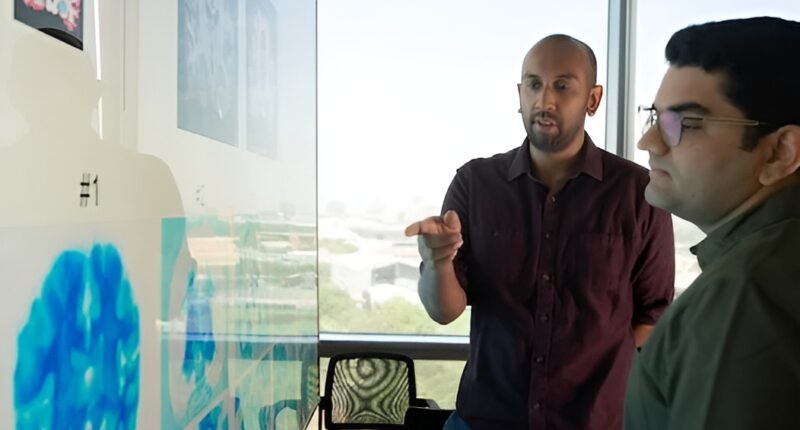Rice University researchers have developed an artificial intelligence tool that performs medical image segmentation whilst requiring 90 per cent fewer parameters than current standard methods.
The system, called MetaSeg, achieved the same segmentation performance as U-Nets, the dominant architecture for medical image analysis over the past decade. The research won the best paper award at the Medical Image Computing and Computer Assisted Intervention Society conference from over 1,000 accepted submissions.
Medical image segmentation involves assigning anatomical labels to each part of a medical scan, such as identifying the cerebral cortex, brain stem and cerebellum in brain imaging. The process guides diagnosis, surgery planning and research.
“In this study, we proposed MetaSeg, a completely new way of performing image segmentation,” says Kushal Vyas, a Rice electrical and computer engineering doctoral student and first author on the paper.
MetaSeg uses implicit neural representations instead of U-Nets. These networks interpret medical images as mathematical formulae accounting for the signal value of each pixel in 2D images or voxel in 3D images. The researchers applied meta-learning, a training strategy that helps models rapidly adapt to new information, enabling the system to predict both signal values and segmentation labels.
The approach allows the networks to quickly adjust to previously unseen medical images and decode their labels, instantly predicting where outlines for different anatomical regions should appear.
“MetaSeg offers a fresh, scalable perspective to the field of medical image segmentation that has been dominated for a decade by U-Nets. Our research results promise to make medical image segmentation far more cost-effective while delivering top performance,” says Guha Balakrishnan, assistant professor of electrical and computer engineering at Rice and a member of the university’s Ken Kennedy Institute.
The research was supported by the U.S. National Institutes of Health, the Advanced Research Projects Agency for Health and the National Science Foundation.











